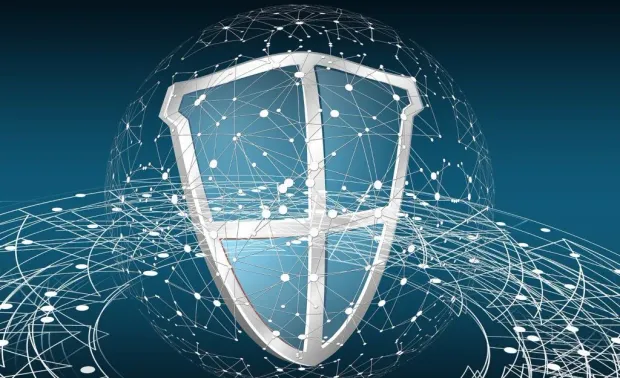3 Best Stages of IT Security for Implementing Gartner's CARTA
CARTA (Continuous Adaptive Risk and Trust Assessment) is a new and efficient IT security approach introduced by Gartner to help cybersecurity experts ensure a stringent mechanism to handle vulnerabilities.


Learn How to Master Digital Trust

The State of Consumer Digital ID 2024

Top CIAM Platform 2024
IT security is becoming an integral part of a business’s overall success amid the digitally advanced ecosystems where security breaches are just a loophole away.
CARTA (Continuous Adaptive Risk and Trust Assessment) is a new and efficient IT security approach introduced by Gartner in 2017 that helps cybersecurity experts ensure a stringent mechanism to handle vulnerabilities.
Businesses embarking on a digital transformation journey shouldn’t overlook security since data breaches cause losses worth millions of dollars every year and eventually tarnishes brand repute.
This post will cover all aspects of CARTA and how businesses can implement it to ensure robust cybersecurity.
What is CARTA? How Does it Benefit Businesses?
Gartner, an information technology (IT) research and consultancy company, introduced CARTA back in 2017. CARTA is an approach built on adaptive security architecture that helps businesses manage risks associated with security.
CARTA ensures businesses employ a consistent, up-to-date approach to cybersecurity in the ever-increasing digital landscape where we’re interconnected with millions of devices.
Since digitalization offers endless opportunities and business advancements through efficiency and accessibility, the fact that specific vulnerabilities are associated with it can’t be overlooked.
Here’s where enterprises need to adopt a robust approach to manage the risks successfully. CARTA allows businesses to make more informed decisions through the degree of trust and depth of a risk.
CARTA Approach
CARTA stipulates various aspects for cybersecurity and risk management, including:
- Continuous monitoring, assessment, and immediate response for remediation of an underlying risk
- 100% device visibility
- Automated control
- Micro-segmentation for containing data breaches
- Adequate security management for IoT devices
- Risk and trust shouldn’t be static
Stages of IT Security for Implementation of CARTA
According to Gartner, CARTA can be applied in three 3 diverse IT phases to monitor and assess continuously. These include Run, Plan, and Build.
Let’s understand these phases where businesses can implement CARTA.
- Run: Organizations utilize intelligent analytics to detect anomalies and to detect the baseline in the run phase. This helps organizations notice and respond to security incidents rapidly without hampering the overall security mechanisms. Automated solutions for the run phase can help enhance evaluations through valuable insights driving more success.
- Build: Since organizations utilize public libraries for creating personalized, efficient, and updated cybersecurity solutions, CARTA dictates they analyze these libraries for security risks before implementing them carefully.
- Planning: Before implementing IT security solutions, businesses must carefully focus on their priorities and assets. They must plan their budget and roadmap early to ensure better decisions in the long run.
Also Download: Adaptive Authentication in the Age of Digital Apocalypse
In a nutshell, CARTA ensures organizations manage the risks associated with the digital world by emphasizing and developing security mechanisms that are continuously monitoring and assessing every aspect.
Through a simplistic view of the digital world, organizations can protect their assets by analyzing what is good and bad well in advance and taking the necessary steps to prevent any harm.
Final Thoughts
Every business in the digital landscape is prone to several security threats if stringent security measures aren’t in place.
CARTA’s risk reduction model is built on the premise that everything should be assessed and monitored and eventually proposes a revolutionary security and risk management mindset for the upcoming decade.
Hence, businesses striving to implement the best security practices must consider relying on CARTA for enhanced risk management for their organization.

